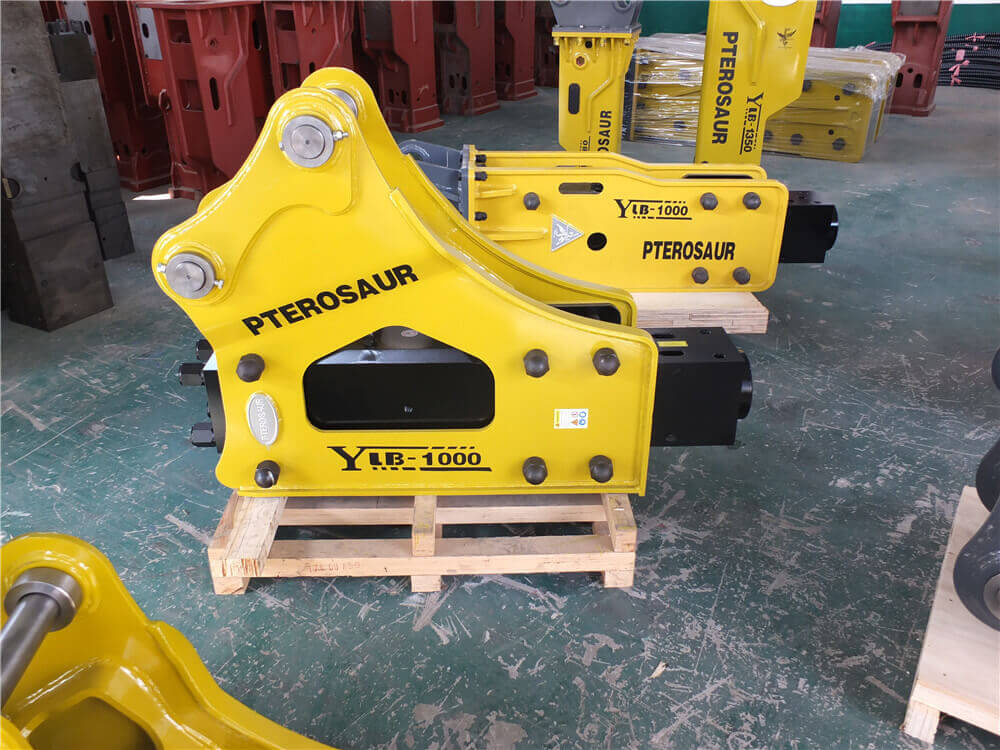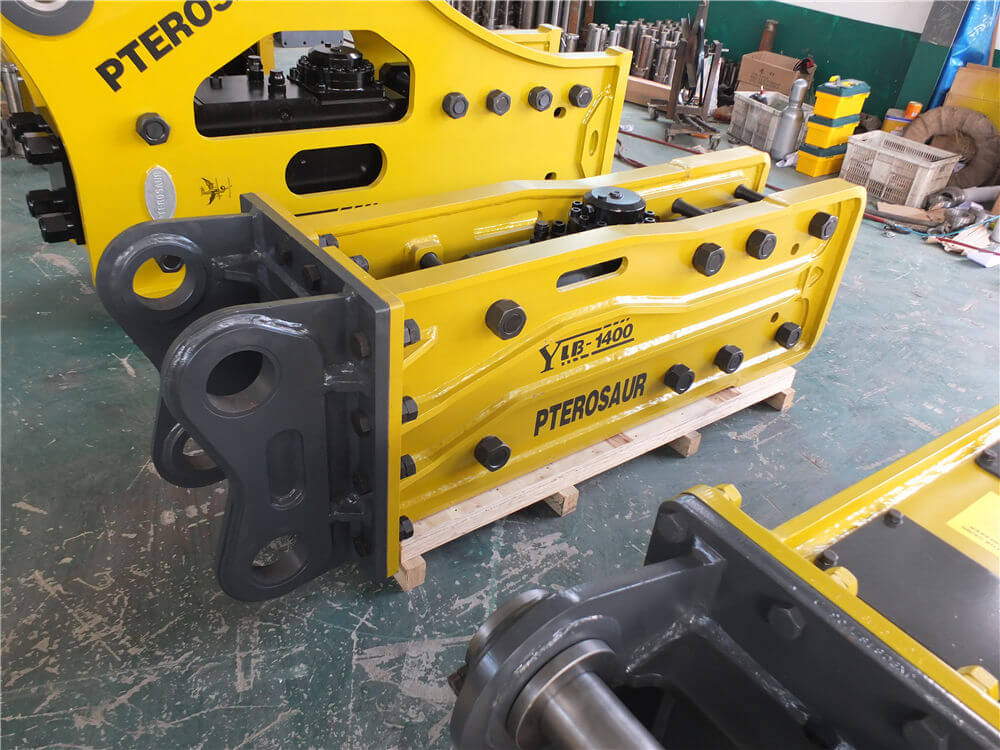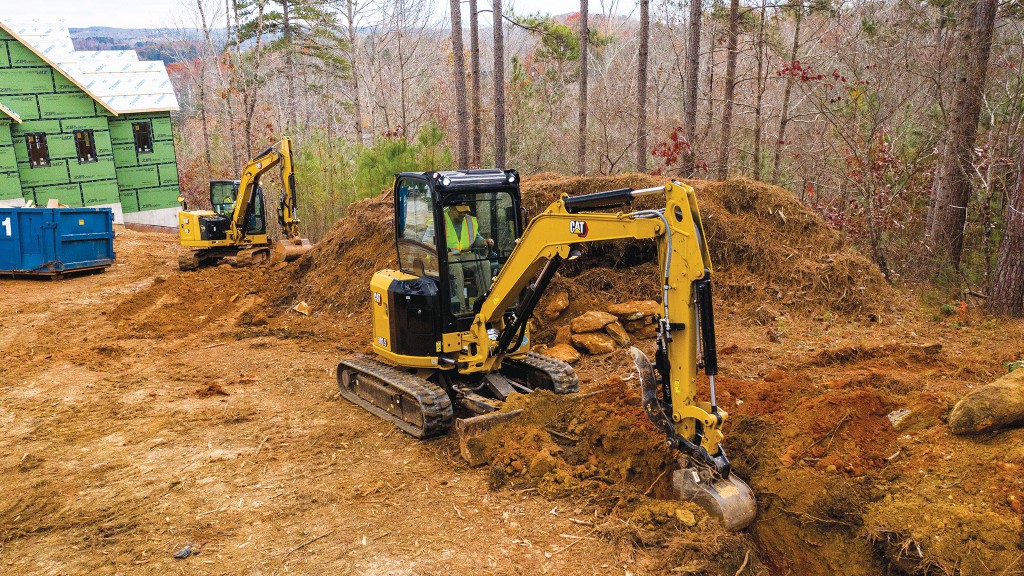Hydraulic Breaker Performance and Maintenance: Addressing Common Issues
Hydraulic breakers are essential tools in construction and demolition, providing the power needed to break down tough materials efficiently. However, like any heavy equipment, they can encounter performance issues that may lead to operational delays and increased costs. This article addresses common problems associated with hydraulic breakers, particularly those that may cause them to quit after a short period of use, and offers maintenance tips to ensure longevity and efficiency.
Common Issues with Hydraulic Breakers
1. Lack of Power
One of the most common issues faced by hydraulic breakers is a lack of power. If your hydraulic breaker fails to deliver the expected force, it can significantly impact your project timeline and safety. Potential causes include insufficient hydraulic flow to the breaker or excessive nitrogen pressure, which can hinder the piston’s movement.
2. Soft or Slow Hits
If your hydraulic breaker is hitting soft or slow, it may indicate a malfunction that requires immediate attention. This can lead to inefficiencies and increased operational costs. Regular maintenance and troubleshooting are essential to address these performance issues before they escalate.
3. Hydraulic Fluid Issues
Hydraulic fluid plays a crucial role in the operation of hydraulic breakers. If the fluid is contaminated or insufficient, it can lead to performance issues. Regular inspection and replacement of hydraulic fluid, as well as ensuring the hydraulic system is free of leaks, are vital steps in maintaining the efficiency of your breaker.
4. Damaged Components
Regular wear and tear can lead to damaged internal components, such as pistons or seals. If you notice any unusual noises or decreased efficiency, it may be time to inspect and potentially replace these components to prevent further damage.
Troubleshooting Your Hydraulic Breaker
When faced with performance issues, it is crucial to perform a systematic troubleshooting process:
- Check Nitrogen Pressure: Ensure that the nitrogen pressure is within the recommended range. Excessive pressure can hinder performance.
- Inspect Hydraulic Flow: Verify that the hydraulic flow to the breaker is sufficient. Insufficient flow can cause underperformance.
- Examine Seals and Hoses: Look for any signs of wear or leaks in hoses and seals, which can lead to a loss of hydraulic fluid and pressure.
- Conduct Regular Maintenance: Follow a regular maintenance schedule that includes lubrication, inspection, and replacement of worn parts to ensure optimal performance.
Maintenance Tips for Longevity
To maximize the lifespan of your hydraulic breaker, consider the following maintenance tips:
- Regular Inspections: Schedule routine inspections to identify potential issues before they become serious problems.
- Proper Lubrication: Ensure that all moving parts are adequately lubricated to reduce friction and wear.
- Use Quality Hydraulic Fluid: Always use high-quality hydraulic fluid that meets the manufacturer’s specifications.
- Follow Manufacturer Guidelines: Adhere to the manufacturer’s maintenance guidelines for operation and care to ensure your equipment remains in top condition.
- Training and Operation: Ensure that operators are properly trained in the use of hydraulic breakers to minimize misuse and potential damage.
Conclusion
Hydraulic breakers are powerful tools that are essential in various construction and demolition projects. However, to maintain their effectiveness and prevent issues such as quitting after just a few hours of operation, it is important to understand common problems and implement a robust maintenance routine. By following the troubleshooting tips and maintenance recommendations outlined in this article, you can ensure that your hydraulic breaker operates efficiently, prolonging its lifespan and enhancing overall productivity on the job.




































